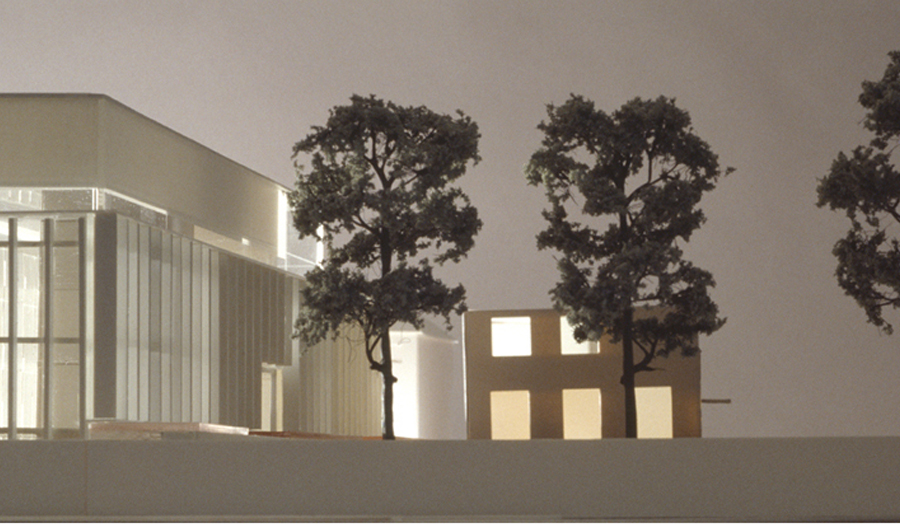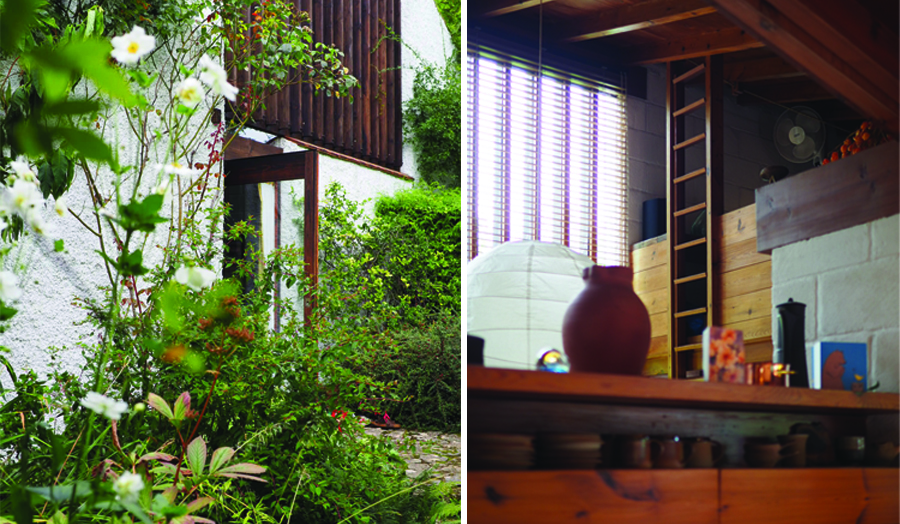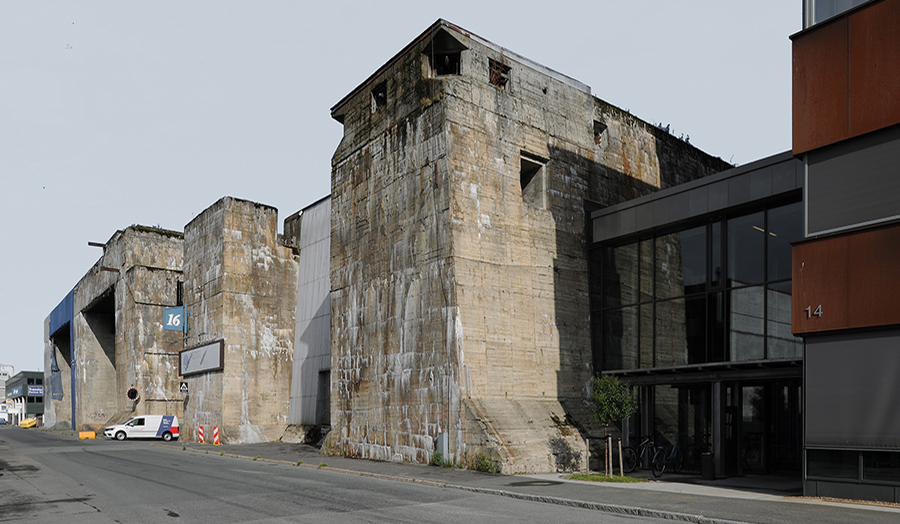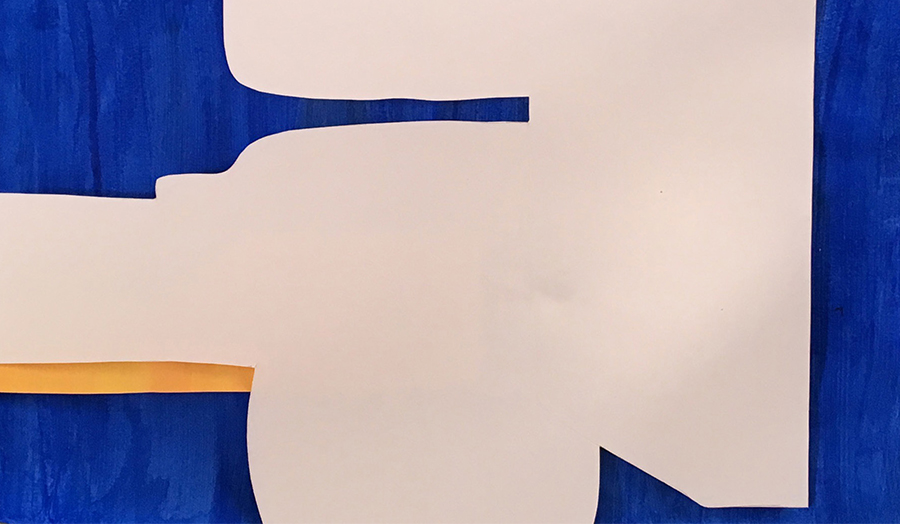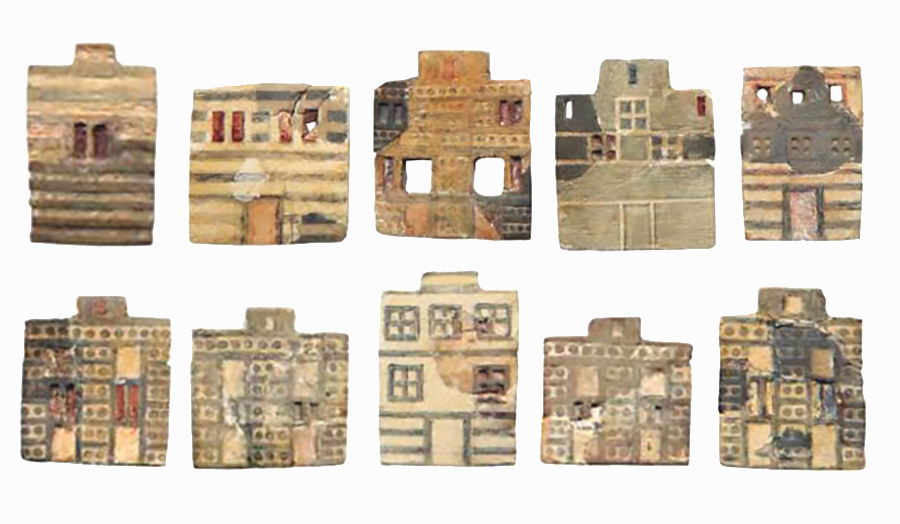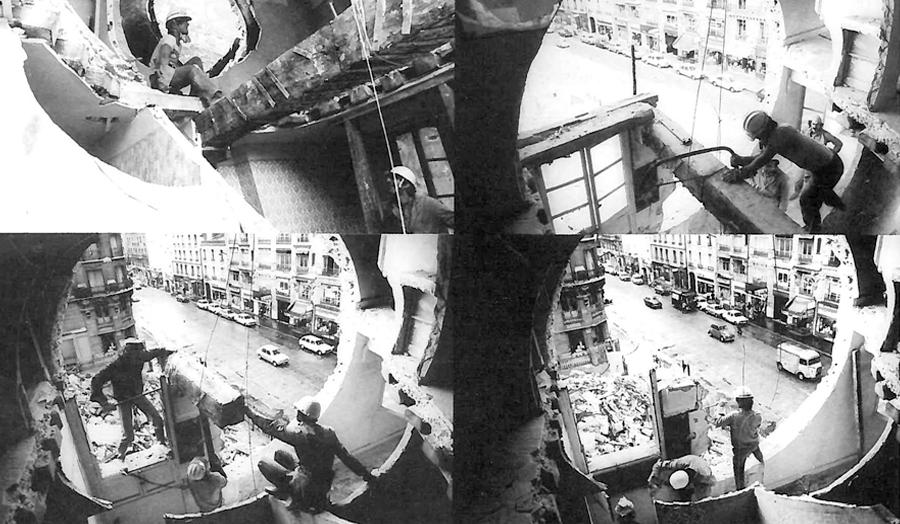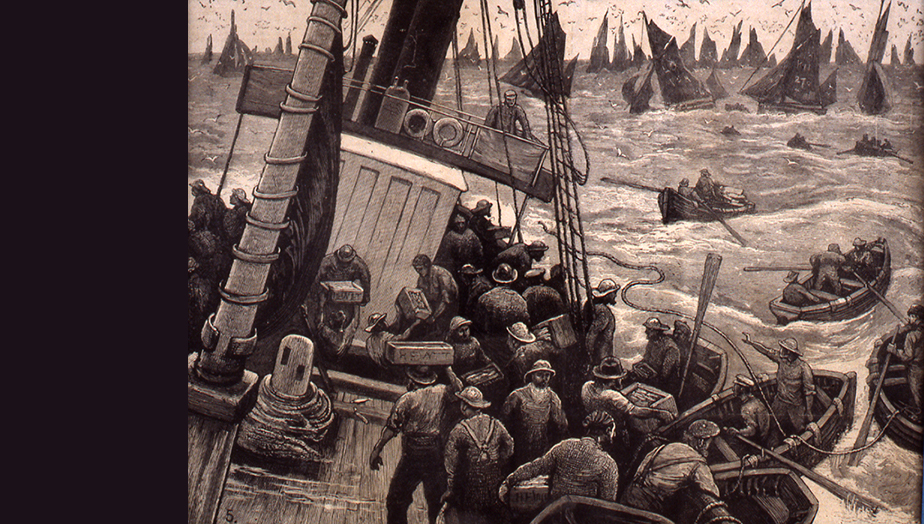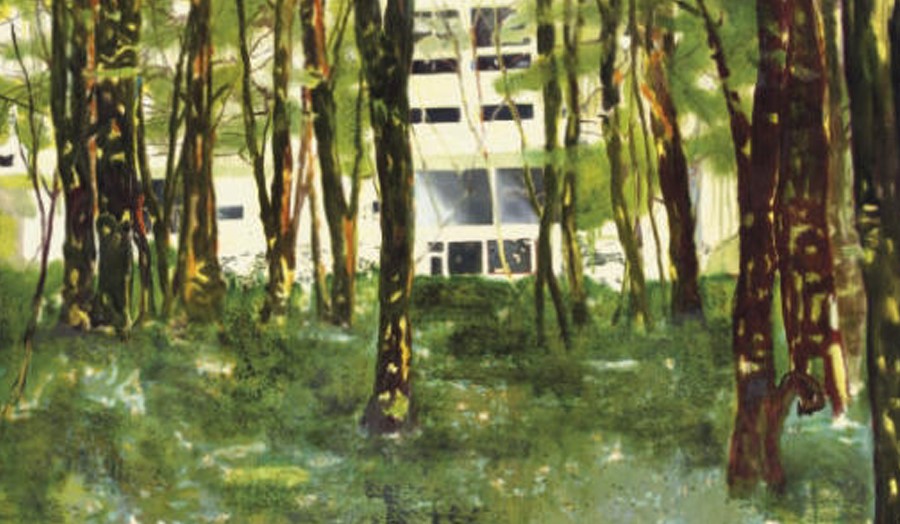Unit brief
This year Unit 06 will focus on the contribution that architecture can make to the integration of refugees into a host community. Students will be offered a choice of: Athens, Greece; Calabria, Italy; or Freetown, Sierra Leone (Year 5 only). All three are migrant gateways and transitional settlements for the uprooted.
Each setting offers opposing civic scales (top down v. bottom up) within which the drama of urban change is being played out:
- Athens: the classical city, entered by rail by refugees via the port city of Piraeus after their perilous crossing of the Aegean to Lesbos; now families are trapped by asylum regulations in camps or housed in worn, often empty, Domino-style reinforced concrete Polykatoikia landscapes.
- Belmonte, Calabria: the abandoned medieval hill village high above the Calabrian coastal rail line to Europe for West Africans; where previous field and studio work has shown that there are powerful opportunities here for a meaningful fit between this abandoned but opportunist landscape and the diverse needs of both long-time residents and transitory visitors.
- Kaningo, Freetown: a peri-urban suburb born inside the primeval forest as a hideout from the civil war which has been the setting for study by Unit 06 since 2008 where the University's Architecture of Rapid Change and Scarce Resources (ARCSR) helped to build a small school. Recent field trips have established the opportunity for further live project work.
Form and familiarity are linked together in place, adding to a feeling of confidence in being there, and contributing a sense of belonging. Conversely, if form is not recognised or appears alien residents are left with a sense of alarm, of the uncanny where the unexpectedly awful might happen. It may seem ironic, therefore, that Athens, where concepts of citizenship were first explored in ancient theatre, and Calabria, a historic crossroad of multiplying cultures, should be the setting where we will attempt to fit order and meaning into place at a time when familiar notions of EU citizenship are under existential threat.
Studies will be carried out with optimism, in the expectation that the creative interplay between the energy of the students and the residents’ ongoing act of dwelling will generate a valuable and meaningful architectural discourse around engagement with the opportunities and responsibilities available within civic topography.
Image: An interpretation of Brixton, London, 2013. Credit: Imran Sabur
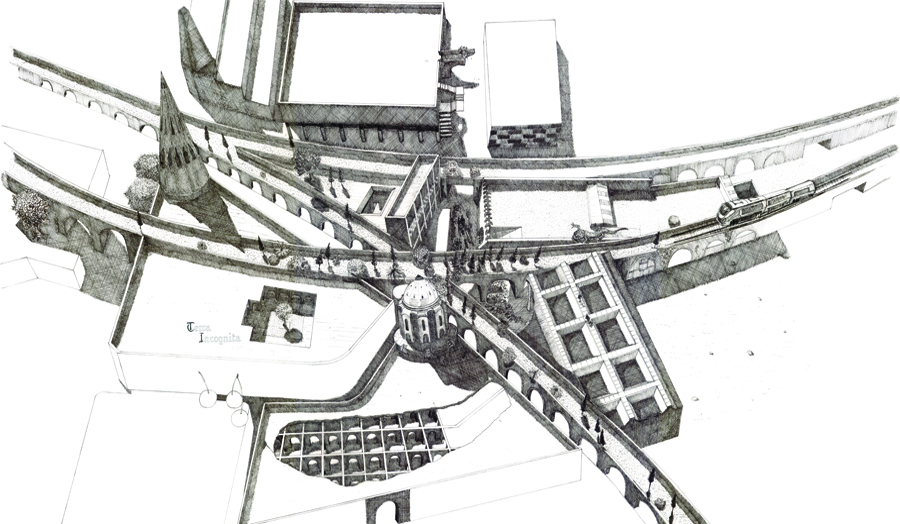
Details
| Course |
Architecture MA
|
|---|---|
| Tutors | Professor Maurice Mitchell Dr Bo Tang Jane McAllister Sandra Denicke-Polcher |
| Where | Goulston Street Room GS1-22 |
| When | Monday and Thursday |

